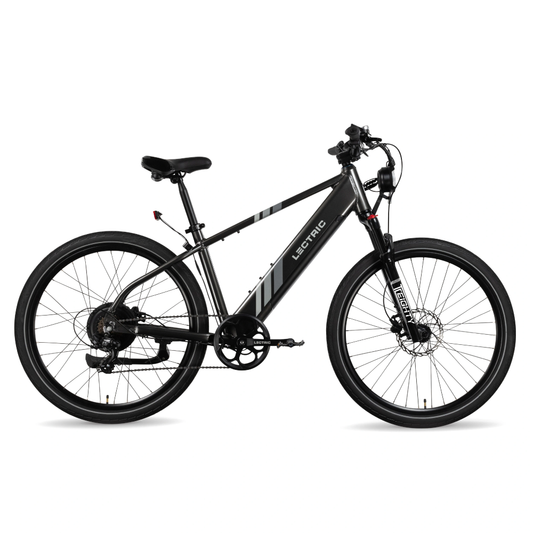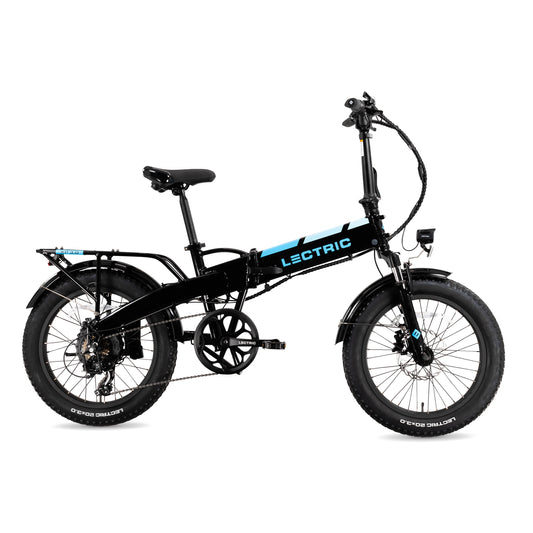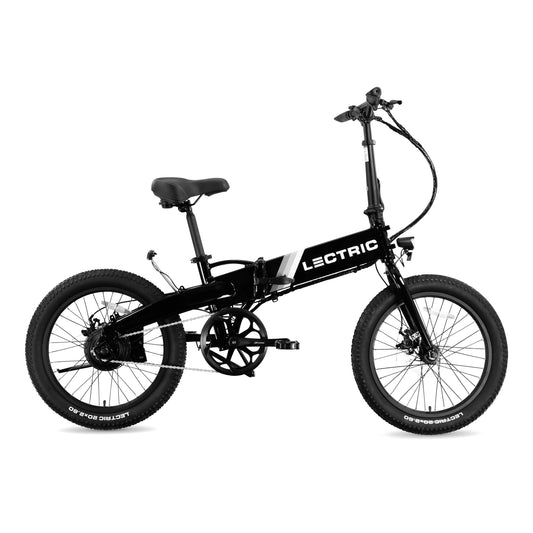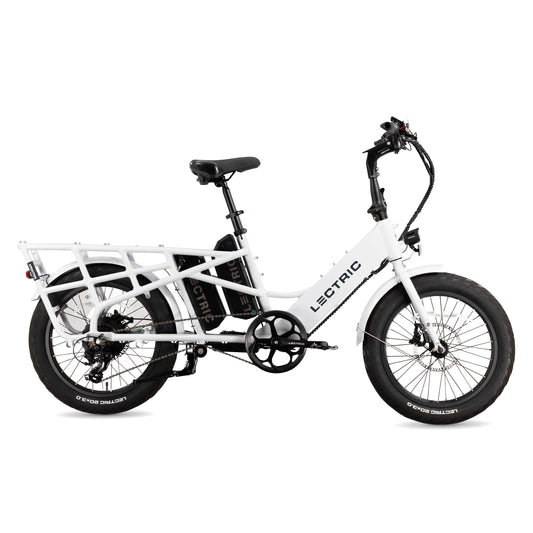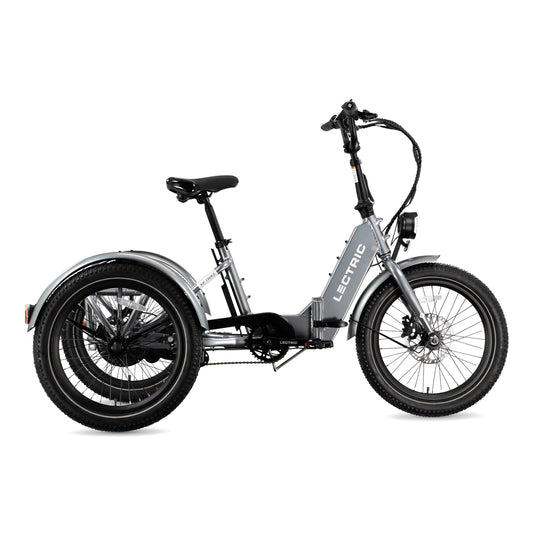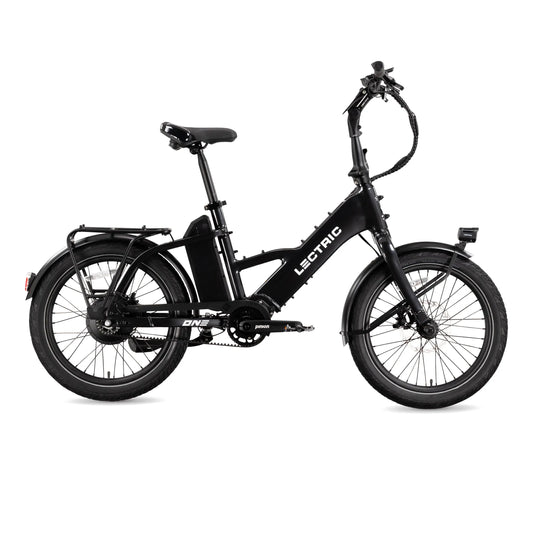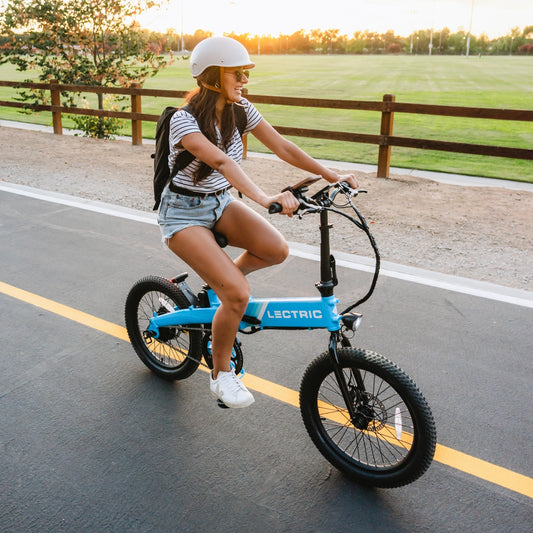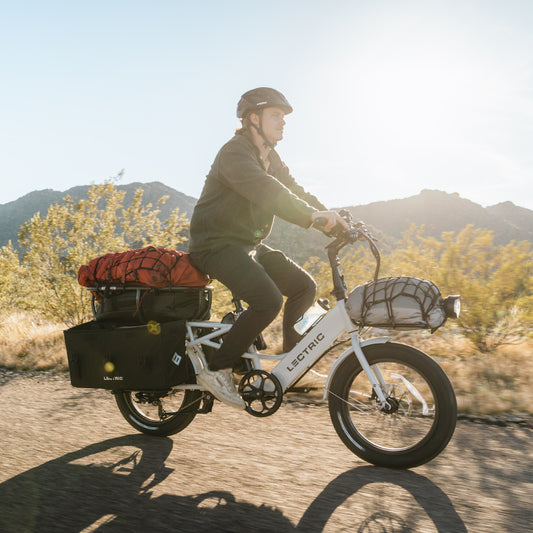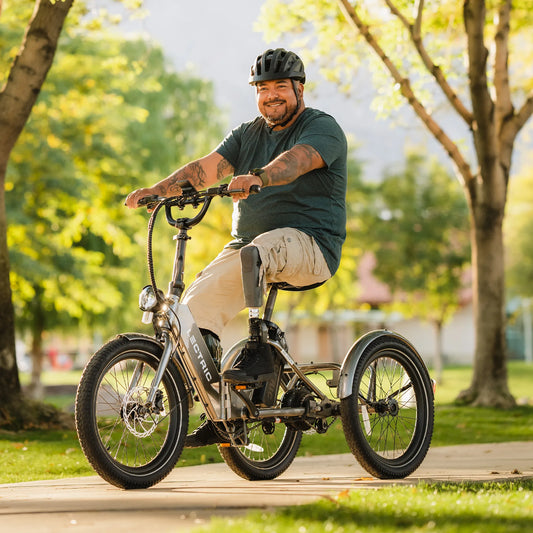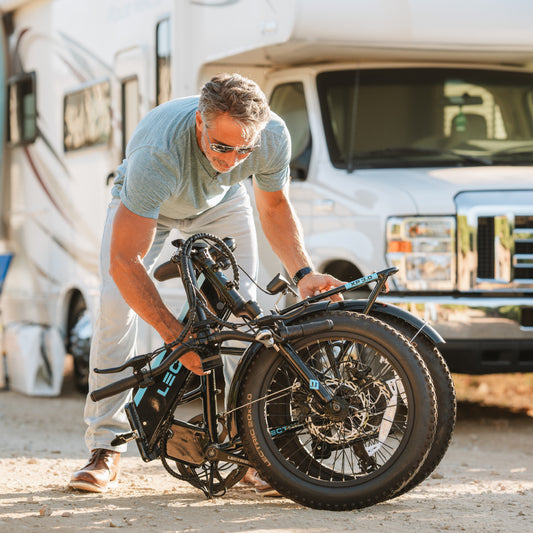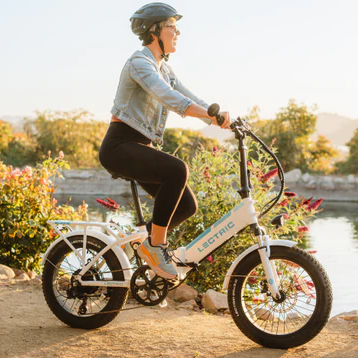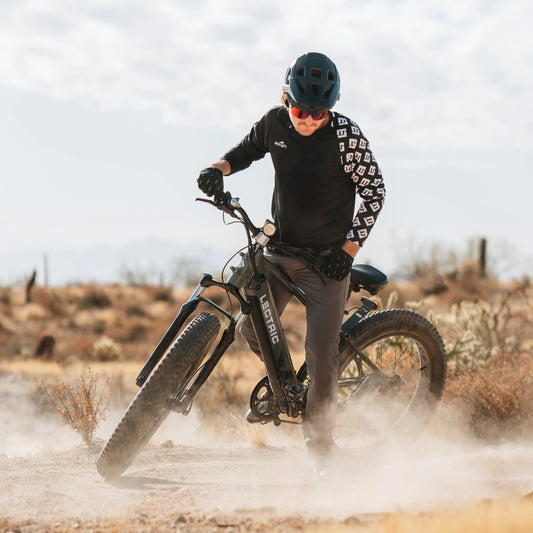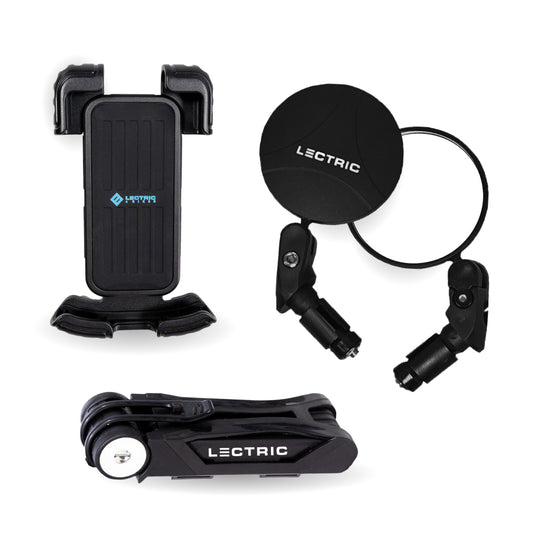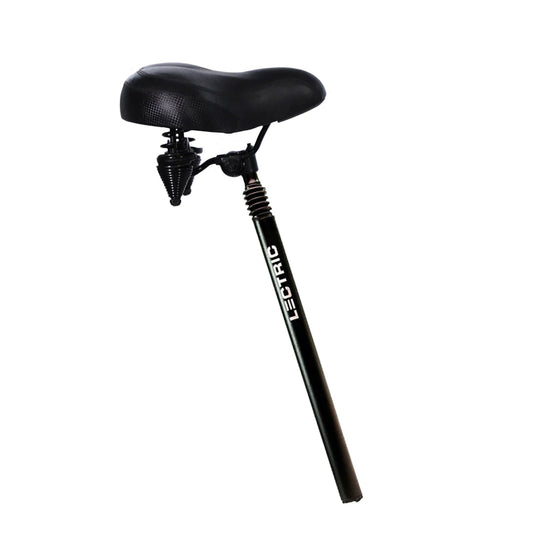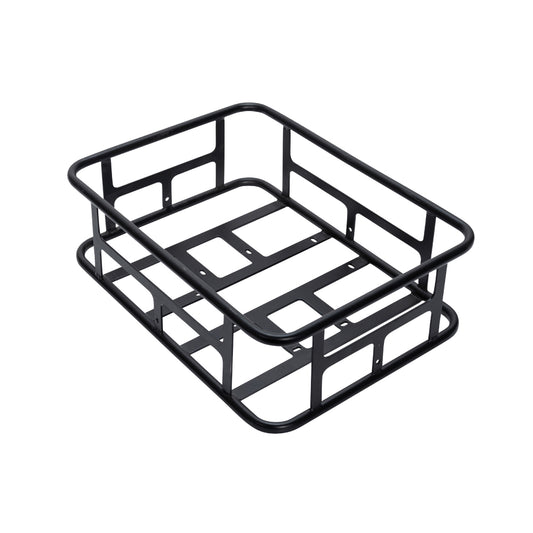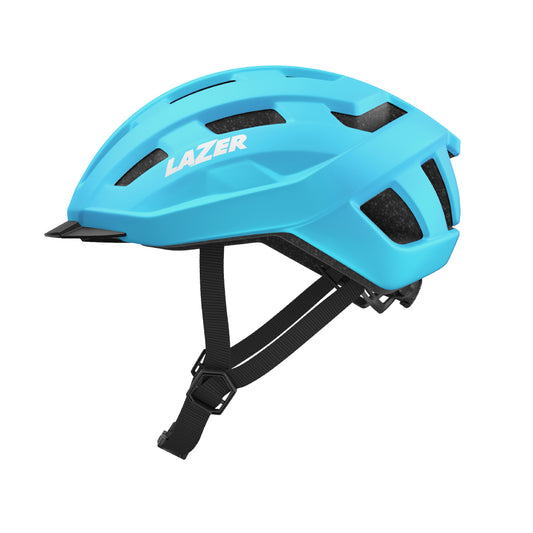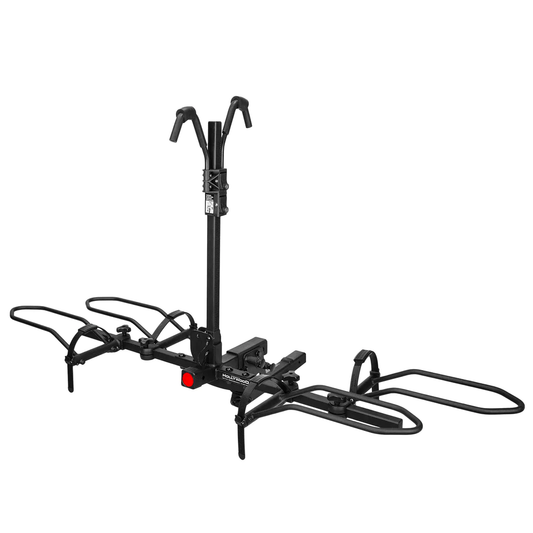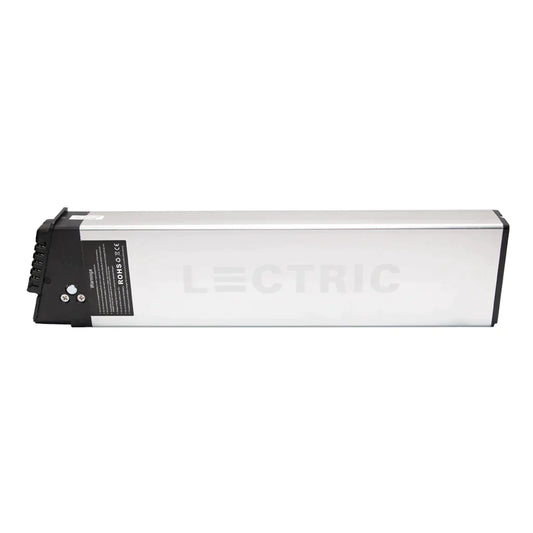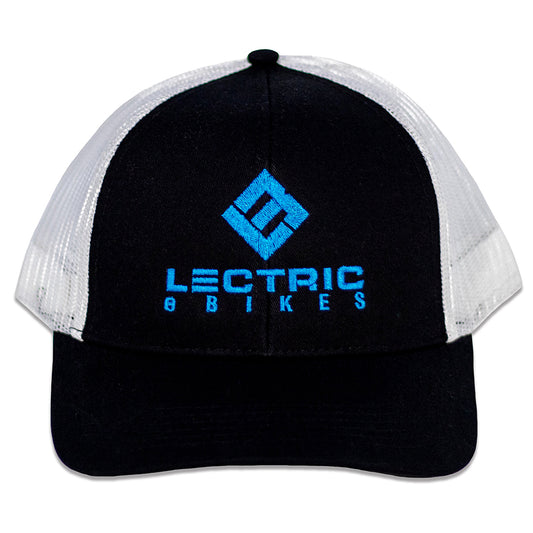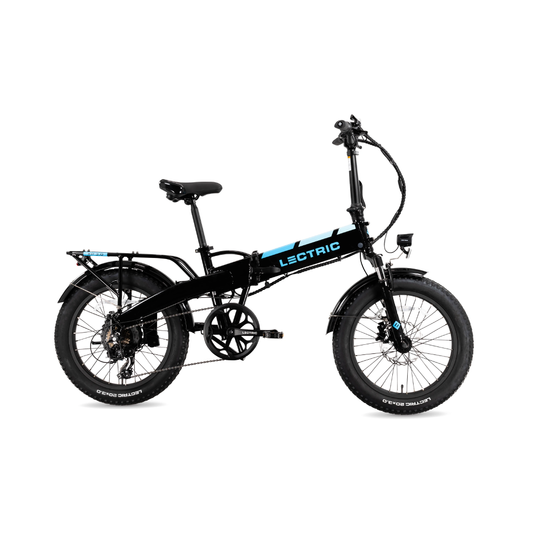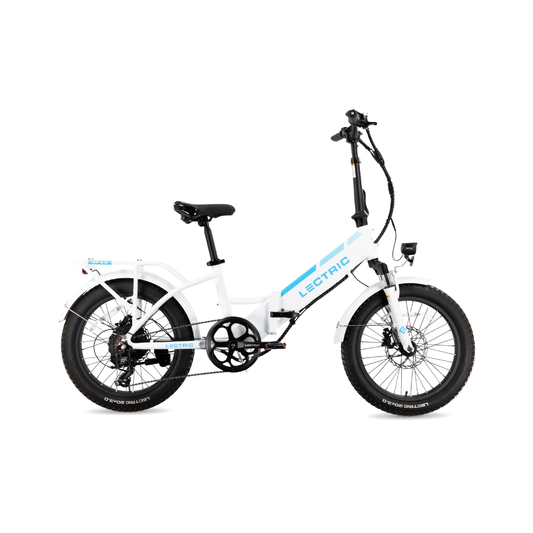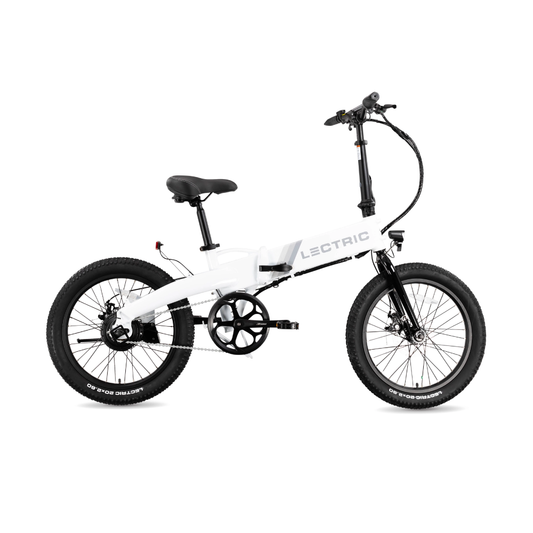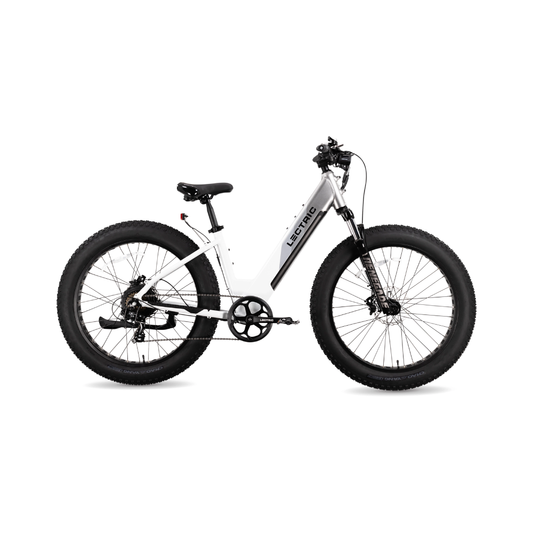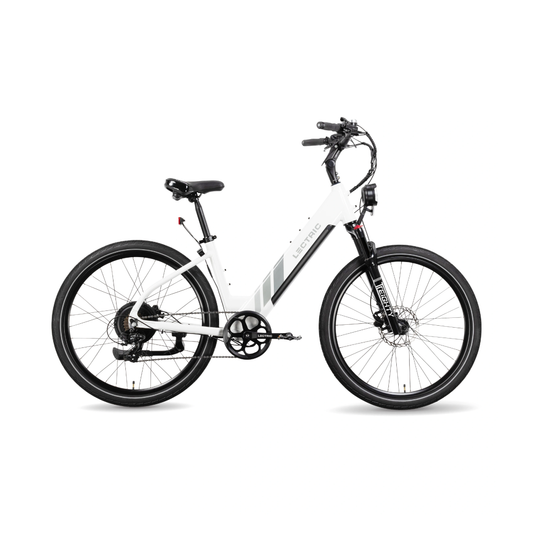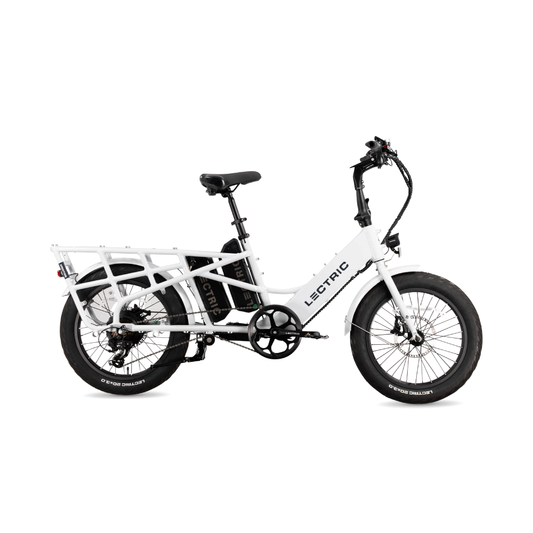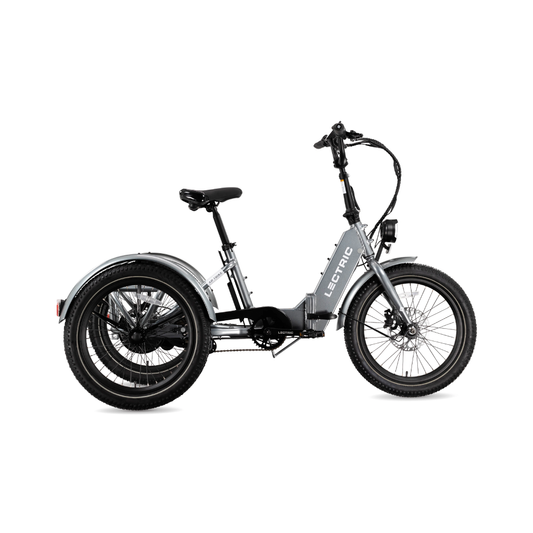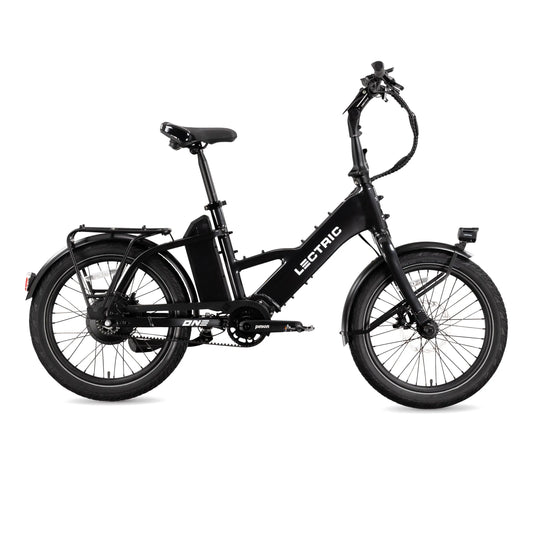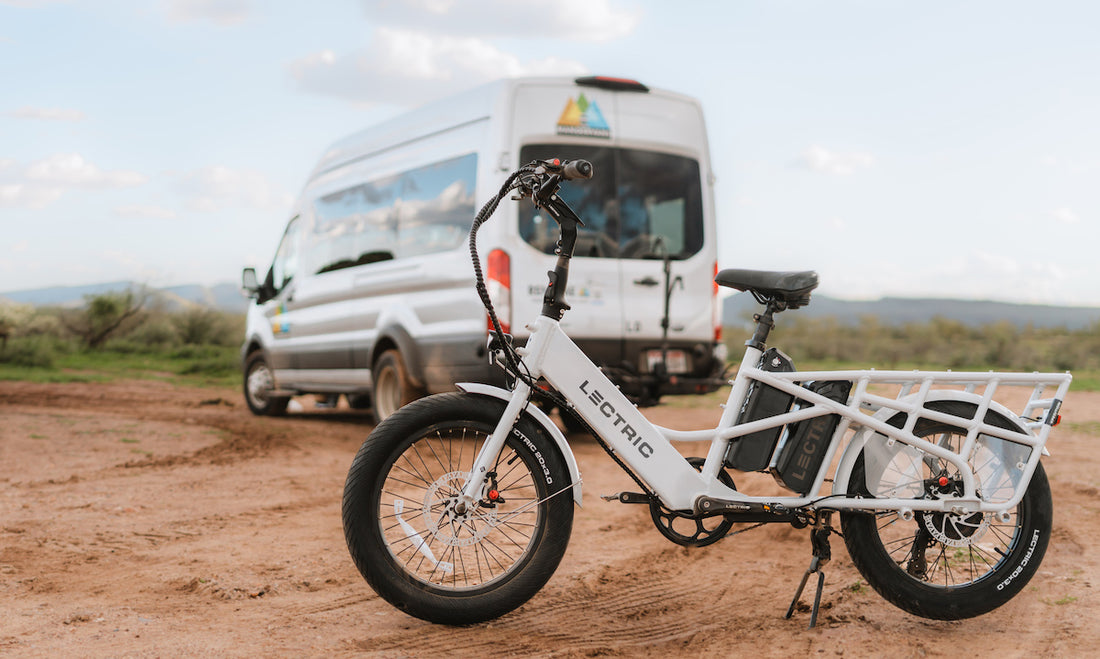Electric bicycles are able to provide pure power on demand, which is why eBiking adventures tend to be the most carefree and exhilarating ones out there. For Lectric eBikes specifically, that power shows itself in two different ways: Pedal assist and throttle. The functionality of the pedal assist and throttle of an eBike can be set up in a couple of different ways.
Here at Lectric eBikes, we use an awesome programming system with select models called Pedal Assist Wattage Regulation, or Lectric PWR™.
The best way to understand the unique benefits of Lectric PWR™ is to go through a quick lesson on torque and cadence-based eBike systems, as well as the benefits of each.
How Do Torque-Based Systems Operate?
Most adults can relate to driving a vehicle or being a passenger in a moving vehicle. When a driver presses the accelerator pedal, there is a direct relationship between the engine's output and the force being placed on the gas pedal.
This vehicle functionality is much like torque-based eBike systems, but for eBikes, a measurement of force from the rider is taken at the pedal cranks, which then translates to motor acceleration. The calculation of the input pedal power and output of motor power is seamless and automatically managed by the eBike's motor controller.
One major benefit of torque-based systems is a natural pedaling dynamic. "Ghost-pedaling" is far less frequent, and a natural push is provided to the rider as they cruise.
Another primary benefit of torque-based systems is their battery use as it relates to range. Instead of the motor jumping directly up to the pedal assist level's top speed as it does in a cadence-based system (inefficiently utilizing battery power), torque-based systems use low to moderate levels of power on flat level ground and higher for climbing hills. This conservative approach to energy consumption allows for a great range.
How Do Cadence-Based Systems Operate?
Cadence-based systems use the eBike's speed as the only method for distinguishing pedal assist levels. Capping the top speed of each pedal assist level tells the eBike's system to give 100% of its available power to the motor until the eBike achieves that pedal assist level's top speed.
This system is great for many riders who rely on that 100% power to get up a hill, or for bike paths that have posted speed limits aligning with a specific pedal assist speed level.
Lectric PWR™ System
When developing Lectric PWR™, we wanted to include the benefits of a torque-based system, without making our riders pay the premium price that is typically associated with such systems. Lectric PWR™ was thoughtfully designed to mimic the behavior and benefits of a torque-based system, while sporting a highly-capable cadence-based system underneath.
Instead of capping speed limits for each PAS level and having a constant delivery of 100% of available power, Lectric PWR™ eBikes have a tailored approach for limiting power based on use case. eBikes equipped with Lectric PWR™ utilize a pedal assist structure with different power outputs, and PWR™ limits the amperage output of the controller sending electricity to the motor.
Lectric PWR™ by eBike Model
To best understand how Lectric PWR™ affects each eBike, it is best to break it down by model.
Since the XP 3.0 (after July 2023) and the XPedition have the same top speed, their Lectric PWR™ functions in the same way. On the chart below, you will see how Pedal Assist and Throttle function in each PAS level on these two models and how much power is delivered in each level.

Lectric PWR™ in the XP Trike functions a little bit differently, however, due to its lower top speed of 14mph. On the chart below, you will see Pedal Assist and Throttle expectations for the XP Trike within each PAS level and how much power is delivered in each level.

Let's Get Into the Numbers
How amperage at the controller relates to peak wattage for the motor can be calculated by multiplying the max amperage output of the controller by the voltage of the system. Lectric eBikes, for example, operate on 48-volt systems and 48-volt batteries charge to 54.4-volts. When this mathematical equation is applied to the XPedition with a max amperage output of 24 at the controller, this can be multiplied by 54.4 volts and calculated to 1,310 watts of power, which can be sent to the rear hub motor to propel a rider. PWR uses this expression for each PAS level, but is tailored for each specific eBike equipped with this technology.
For example, the XPedition in PAS 3, has a max output of 15 amps and goes up to 20mph.
15 amps x 54.4 volts = 819 watts, which is 63% of the peak 24 amps (or 1,310 watts. Amps are viewable on your display at anytime).
*Top speed is 20mph in class 2, and 28mph when unlocked to class 3.
---
We are incredibly proud to offer this top-of-the-line riding experience with an affordable price tag for our adventurous community of riders. Be sure to check out Lectric PWR™'s smooth hauling power first-hand and shop eBikes!
